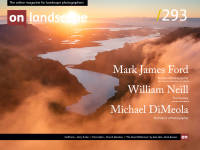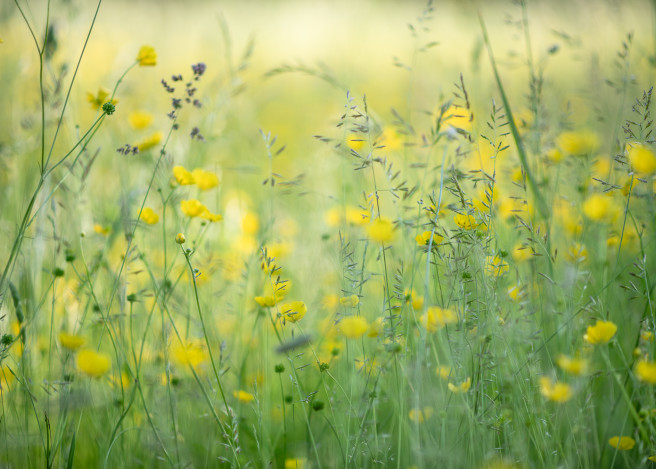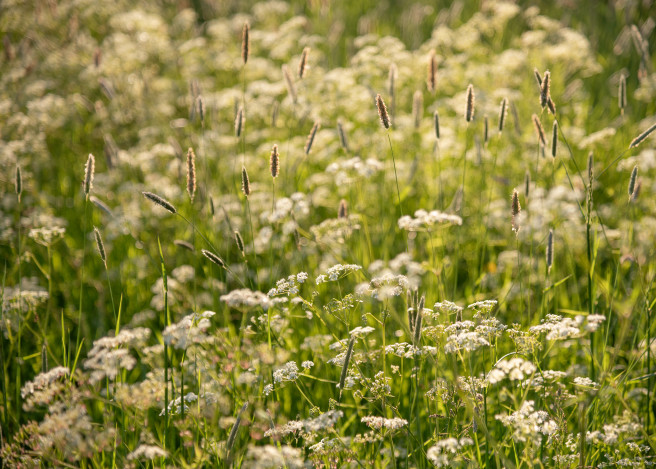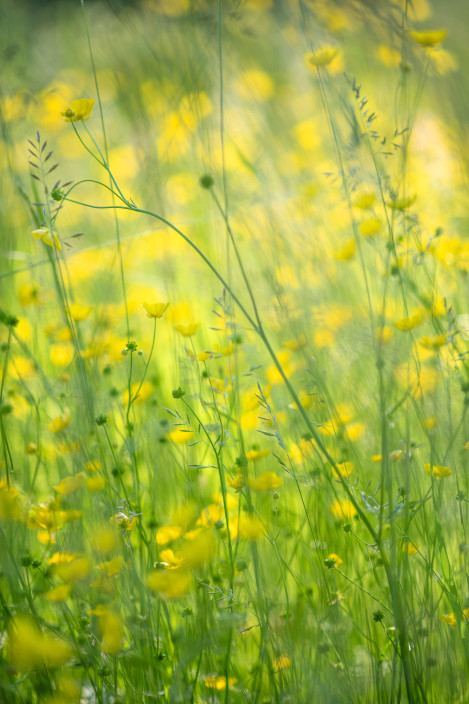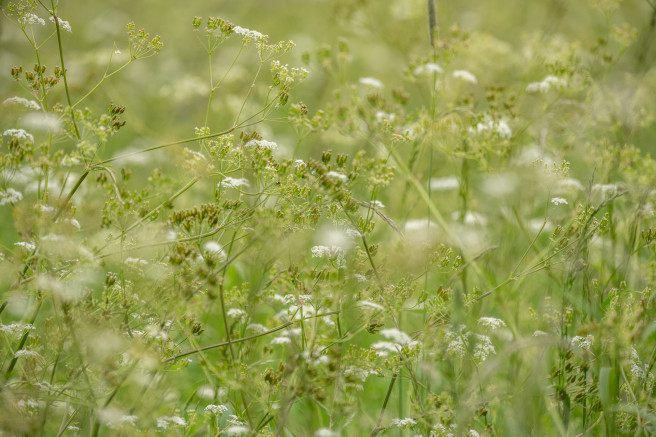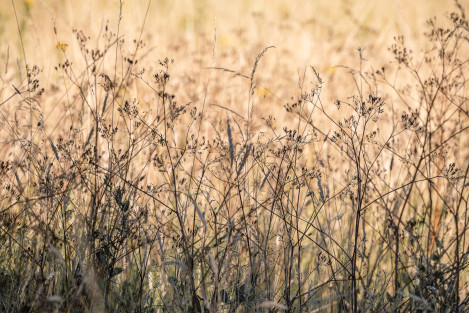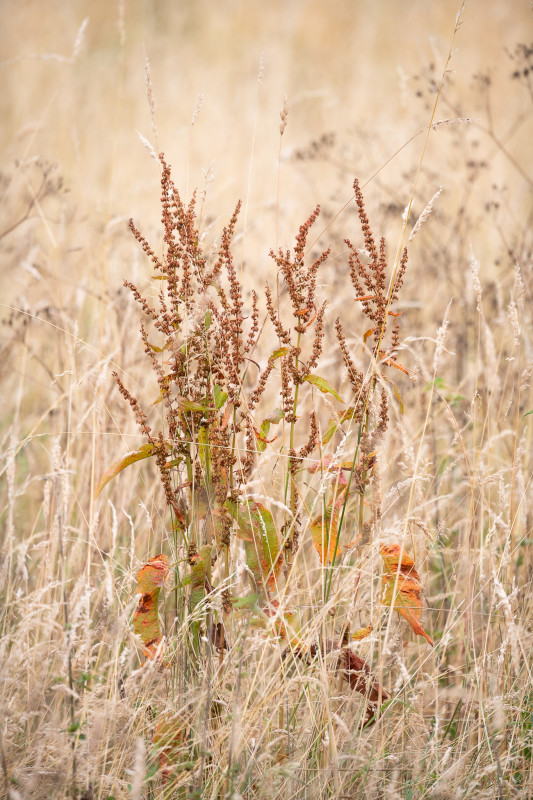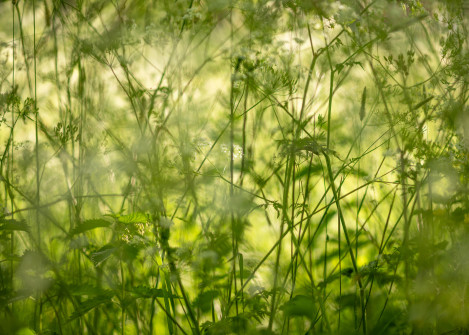My long-lasting love affair

Chris Cullen
I grew up in Scotland (Edinburgh and East Lothian). I have been living in exile in Suffolk since 1993. My interest in photography dates back to about 1981. Landscape photography has always been my main focus. I shoot digital and medium format film. I return to my homeland as often as I can but I am fortunate to live in a very beautiful part of the UK. I was until very recently a local GP. After 35 years in the NHS I am now semi-retired, helping with the Covid vaccination program. Covid permitting, I now plan to spend more time on my photography.
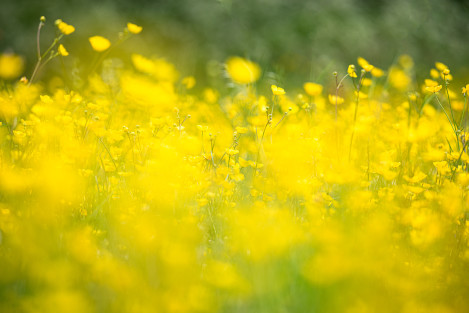
This article concerns my long-lasting love affair with a wild meadow next to where I live.
Church Meadow lies next to the River Brett in Suffolk. The river meanders through the mid Suffolk countryside, past unspoilt medieval wool villages like Kettlebaston, Chelsworth & Kersey before joining the River Stour on the Essex border in ‘Constable Country’. The river is bordered along much of its route by water meadows.
Meadows like this have been retained over the centuries as a defensive flood measure. They have the capacity to accommodate flood water after heavy rain. Apart from mills, houses were generally built further back from the river on slightly higher ground. This has allowed the meadows to remain undisturbed for a very long time.
This particular meadow has been much the same for many hundreds of years. Thanks to old Manorial Court Rolls the ownership and use of all this land is known from about 1300. Two medieval timber-framed houses once stood at its edge till the Lord of the Manor demolished them in about 1750. A small part had an orchard once. Another section was a ‘tenterpiece’, where skins and fleeces were dried and stretched out on ‘tenterhooks’. There is no trace of the old houses. What remains is about 5 acres of unspoilt wild meadow. The meadow appears in many old photographs from 1860 onwards. These images and numerous paintings of the village over the years confirm that it really hasn’t changed much. I feel less like the owner and more like the current custodian of something that needs to be preserved for future generations.
Church Meadow has been managed in the traditional way as much as possible. The key is to avoid the build up of nutrients. Wildflowers do best in ‘poor’ soil. Grazing with livestock is very useful as the grass is eaten right back, and nutrients are removed from the soil. Alternatively, in some years, in June or early July, the meadow is cut for hay, which is then taken away. Combined with an autumn graze, this is a great way to keep the grasses very short over winter so that wildflowers have a better chance at the start of the next growing season. This also helps discourage plants like nettles which only grow well in nitrate-rich soils.
I have optimised the management of my meadow as much as possible for over 20 years now. A previous owner cut the grass in the meadow fairly regularly to keep it short. The cuttings were always left in place, meaning that nutrients were not being removed. Over the years of my management, the changes have been very pleasing. The number and variety of wildflowers has increased greatly. Cow parsley erupts in May, along with great swathes of buttercups, where once only little clusters of these plants appeared.
The range of plants is more diverse than one might imagine on a quick inspection. A ten minute survey a few years ago reached a count of 40 different species in one corner of the meadow. The plant and flower names are a rich source of fascination and beauty in themselves. Reading the names pulls you back to the days of folk remedies and lore. A few of the plant and flower species include: Oxeye daisy, Common mallow, Stitchwort, Lady’s Bedstraw, Pignut, Ground Ivy, Cow Parsley, Hemlock, Ramsons (aka Wild Garlic), Common Sorrel, Broad-leafed dock, Tufted Vetch, Red Clover, Bugle, Cowslips, Primrose, Cleavers (aka Sticky Willy, Goose Grass), Cranesbill, Stitchwort, Red Campion, White Campion (‘Grave Flower’), Speedwell, Poppies, Stinging nettle, Ribwort Plantain, Dead nettle, Teasels, Buttercups and various Thistles. There is a huge variety of grasses, including: Tufted Hair-grass, Quaking grass, Red Fescue, Cocksfoot grass, Meadow foxtail, Yorkshire fog, Lesser Timothy etc. as well as various sedges and rushes.
Much of the fauna in the meadow remains hidden from easy view. Significant numbers of mice, shrews and voles inhabit the long grass. I can occasionally stumble upon a group of tiny, newly emerged baby mice playing outside their hole. When the meadow is cut, the tractor is followed closely by a Kestrel that swoops periodically to mantle over an unfortunate vole and carries it off to the nest.
Winter is a quieter time in the meadow, but larger plants, such as the poisonous hemlock, can be 8 feet tall or more. They die off slowly, covered in frost on some mornings. Teasels similarly retain their structure for months.
For years now, I have come to love sitting or even lying in the meadow in Spring or Summer and taking the opportunity to feel more connected with nature and to experience the sense of peace and tranquillity there. In this mad rush of a modern world, this feels very important to me. This has also nurtured my creativity. The seasonally evolving tapestry of colours, textures and tones is a constant source of inspiration. Witnessing its subtle beauties has instilled in me a deep appreciation of the wonders of life and a sense of responsibility towards the environment.
I have been taking photographs of this meadow for almost 30 years. I’ve owned it for 21 years. Initial images were all wider views, such as of the expanse of buttercups between the mature oak and chestnut trees or of horses grazing in the long grass. One year a young New Forest pony that had been captured in the regular round-up there, was allowed to graze the meadow for a few months with an older point-to-pointer for company. I loved watching it grow and develop as it slowly shed its fluffy coat and turned into a promising but spirited adult. That made for quite a few pleasing images.
In more recent times, I have begun to transition to more personal, perhaps even expressive image making in the meadow. Rather than wide views, I have started to get closer, to make images of the details and of the feel of the place. I particularly like the late afternoon light as it rakes over the meadow, with long shadows cast by the mature trees of the churchyard next door. I have made images with my back to the light and into the light, as well as side lit.
My first discovery was how the view changed completely if I squatted down low or even lay on the ground. I did this as carefully as possible, trying to keep damage to a minimum. I began to experiment with different focal lengths and wider apertures. I tried my macro lens up close, then a 50mm prime lens at a longer distance. I even tried using a 80-400mm zoom at 300-400mm. All of this was using manual focus and exposure, hand-held. I could have used a tripod but it felt too restrictive. It is absolutely fascinating, patiently panning around, zooming in and out, playing with the focus ring at wide apertures as the lens peers through the layers of thick, complex vegetation. Little seed heads, or flowers, or strands of grass would come in and out of focus. This very shallow depth of field drew attention to subtle elements and hidden treasures in the environment that might otherwise go unnoticed. For me the resulting images convey not only a sense of intimacy but also a sense of calmness, perhaps too of romanticism and even of mystery.
These images were greatly affected by the direction of light. Whilst shooting into the sun at eye level had worked well enough, it gave results that were too harsh and contrasty when crouching low.
My second discovery was playing with the lit and unlit areas, particularly late in the day. A friend suggested placing myself in an unlit area but shooting towards a lit area, with the resulting view ‘emerging’ from the shadows. I found this to be an excellent way of framing the view and distilling the subject.
Some days were productive, others weren’t. I tried different parts of the meadow, different times of day and different lighting. Even within the meadow, there is a lot of variety in the mix of the grasses, textures etc, so I had plenty of choice.
Other ideas I have tried include shooting fractionally above the tops of the cow parsley or grasses, focussing on a single stem or on a tree branch behind; shooting from under a tree, looking out through its leaves; shooting on dewy mornings with little spider webs catching the light.
I hope that my work conveys a sense of ethereal beauty, transporting viewers to a dreamlike realm where they can engage with the emotions and stories embedded within the frame. The images presented here concentrate on late Spring and early Summer when life seems to be at its most varied and abundant.
This year the meadow was cut earlier than I would like. Beggars can’t be choosers! I was given the offer of a free proper hay cut. The hay would be used by a local couple to keep their flock of Suffolk and Shetland sheep going over winter. Apparently, the North of England has a shortage of hay, but locally there is a great excess, so it was great to find someone to take it away and use it. If I’d paid for it to be cut I’d have paid a few hundred pounds. As it is I’ve traded the hay for the promise of some very fine organic lamb for the freezer in a few months' time. It was a good trade - a ‘win-win’.
When the day of the cut arrived, it was quite an emotional moment watching a giant tractor eat up my beloved meadow. In about 90 minutes, it was transformed from a chest high wonderland of long, lush grass and wildflowers to lower than ankle level and a whole lot of dust. The local kestrel enjoyed catching some of the mice and voles that were disturbed. A huge grass snake made a sudden bit for freedom and gave me quite a fright as I watched the tractor do its work.
My meadow has been cut really short. The cut hay has all been removed. Not all of the cow parsley and buttercups had set seed fully, but overall it's much better than leaving it uncut or partly grazed. I’m still hoping for a late autumn graze this year.
For now, further photography will have to wait.

